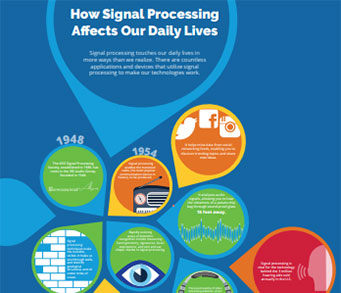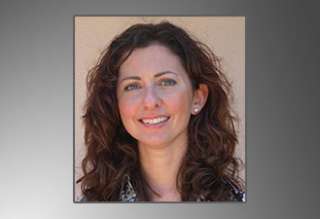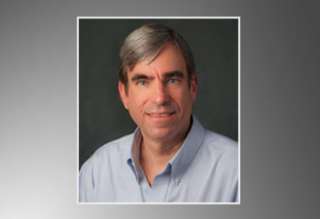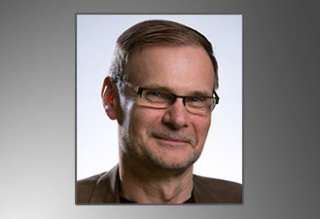SPS Feed
Top Reasons to Join SPS Today!
1. IEEE Signal Processing Magazine
2. Signal Processing Digital Library*
3. Inside Signal Processing Newsletter
4. SPS Resource Center
5. Career advancement & recognition
6. Discounts on conferences and publications
7. Professional networking
8. Communities for students, young professionals, and women
9. Volunteer opportunities
10. Coming soon! PDH/CEU credits
Click here to learn more.
The Latest News, Articles, and Events in Signal Processing

Many applications generate large data sets from which information needs to be extracted. The emerging field of structured data science extends signal processing to data science. The opening for an Assistant Professor is intended to further develop this area. Excellently qualified but more senior researchers are also invited to apply.
Lecture Date: April 16, 2019
Chapter: Shanghai
Chapter Chair: Xinbing Wang
Topic: Hyperspectral Unmixing: Insights and Beyond
Lecture Date: April 18-19, 2019
Chapter: Nanjing
Chapter Chair: Luxi Yang
Topic: Hyperspectral Unmixing: Insights and Beyond
Lecture Date: April 2, 2019
Chapter: Republic of Macedonia Joint
Chapter Chair: Konstantinos Drossos
Topic: Radar and Communication Systems in Spectral Overlap
White Paper Due: August 8, 2019
Publication Date: September 2020
CFP Document
May 7-9, 2019
Registration Deadline: TBD
Location: Porto Alegre, Brazil
Website
Lecture Date: June 11, 2019
Chapter: Republic of Macedonia Joint
Chapter Chair: Tomislav Kartalov
Topic: Graph Signal Processing: Connections to Distributed
Optimization and Deep Learning
November 11-14, 2019
Location: Ottawa, Canada
December 9-12, 2019
Location: Delft, Netherlands
Lecture Date: April 2, 2019
Chapter: Finland
Chapter Chair: Konstantinos Drossos
Topic: Graph Signal Processing: Distributed Graph Filters
Lecture Date: April 29, 2019
Chapter: Hong Kong
Chapter Chair: Lai-Man Po
Topic: Distributed Algorithms for Principal Component Analysis
Lecture Date: April 19, 2019
Chapter: Toronto
Chapter Chair: Mehnaz Shokrollahi
Topic: Solving the Cocktail Party Problem for Hearing Aids:
Solutions, Challenges and Opportunities
Lecture Date: May 7, 2019
Chapter: Toronto
Chapter Chair: Mehnaz Shokrollahi
Topic: Cyber Attacks on Internet of Things Sensor Systems for Inference
Lecture Date: May 30, 2019
Chapter: Poland
Chapter Chair: Piotr Samczynski
Topic: Towards Autonomous Video Surveillance and
Privacy-Preserving Localization and Recognition of Human Activities
Lecture Date: May 28, 2019
Chapter: Poland
Chapter Chair: Piotr Samczynski
Topic: Towards Autonomous Video Surveillance and
Privacy-Preserving Localization and Recognition of Human Activities
Lecture Date: May 21-22, 2019
Chapter: Poland
Chapter Chair: Piotr Samczynski
Topic: Towards Autonomous Video Surveillance and
Privacy-Preserving Localization and Recognition of Human Activities

Two PhD positions in the area of Information Extraction, Data Mining and Machine Learning
at Saarland University
We anticipate the availability of funds for two PhD positions in the area of information extraction, data mining and machine learning.
Lecture Date: April 15, 2019
Chapter: Atlanta
Chapter Chair: Alessio Medda
Topic: Tackling the Cocktail Party Problem for
Hearing Devices: Solutions, Challenges and Opportunities
Radio tomographic imaging (RTI) is an emerging technology to locate physical objects in a geographical area covered by wireless networks. From the attenuation measurements collected at spatially distributed sensors, radio tomography capitalizes on spatial loss fields (SLFs) measuring the absorption of radio frequency waves at each location along the propagation path.
Pages
SPS Social Media
- IEEE SPS Facebook Page https://www.facebook.com/ieeeSPS
- IEEE SPS X Page https://x.com/IEEEsps
- IEEE SPS Instagram Page https://www.instagram.com/ieeesps/?hl=en
- IEEE SPS LinkedIn Page https://www.linkedin.com/company/ieeesps/
- IEEE SPS YouTube Channel https://www.youtube.com/ieeeSPS

















